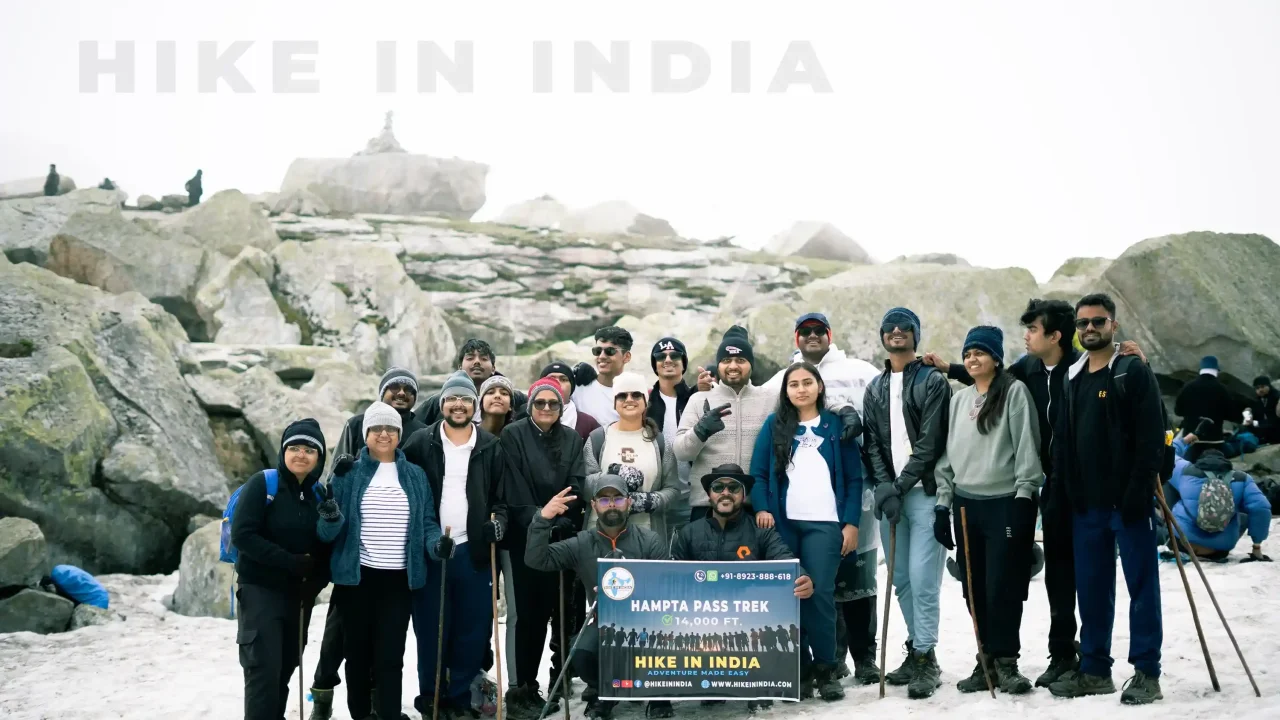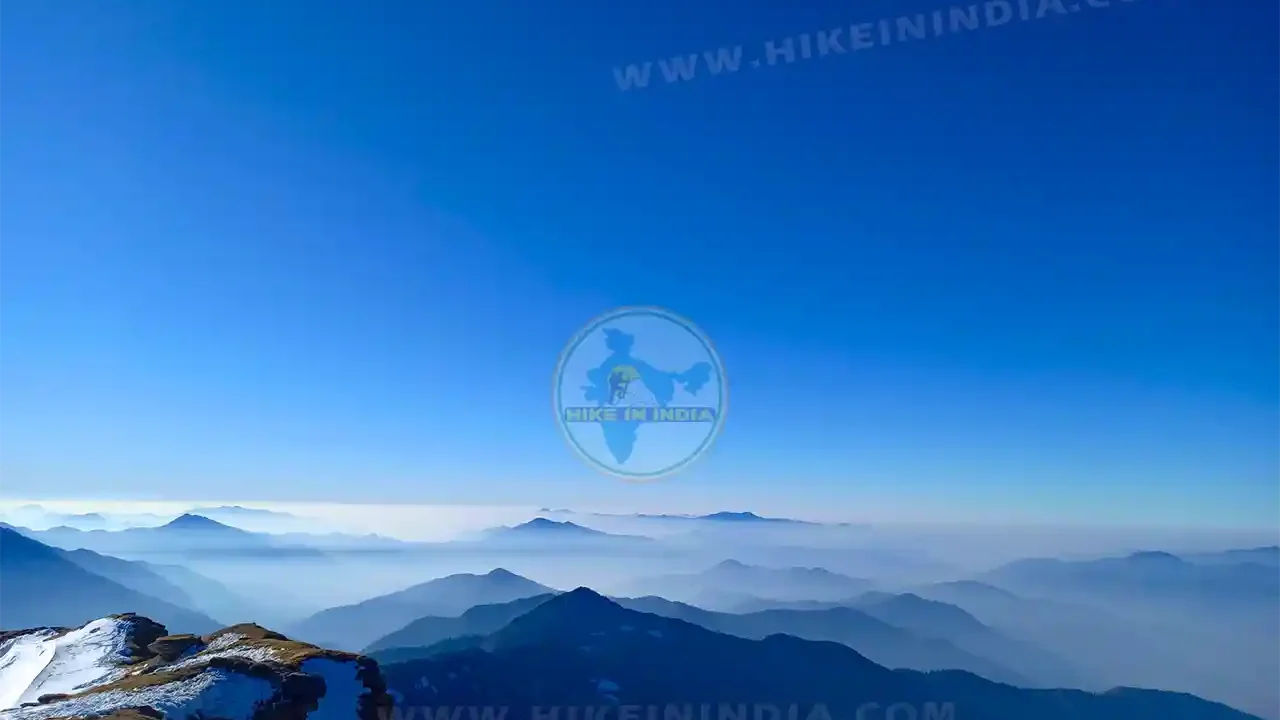HAR KI DUN TREK

Short Itinerary







Trek Highlights
- ✅ Trek Duration: 6 Nights / 7 Days
- ✅ Total Trek Distance: 40-42 km (Almost)
- ✅ Maximum Altitude: 12,720 ft (If go to Maninda Lake)
- ✅ Trek Difficulty: Moderate
- ✅ Best Time to Visit: Mar - June & Sep - Dec
- ✅ ATM Availability: Last ATM at Purola
- ✅ Nearest Airport: Jolly Grant Airport, Dehradun
- ✅ Nearest Railway Station: Dehradun
Why choose Har ki Dun Trek?
The Har Ki Dun Trek – A Timeless Journey Through the Valley of Gods
Nestled deep within Uttarakhand’s Govind Pashu Vihar National Park, the Har Ki Dun Trek is not just a trek, it’s a passage through ancient mythology, raw Himalayan wilderness, and vibrant mountain culture. Known as the “Valley of Gods,” Har Ki Dun has been a trail walked by generations of shepherds, pilgrims, and adventurers, each drawn by its sacred aura and pristine beauty.
What sets this trek apart is its powerful blend of natural splendor and legend. According to ancient Hindu epics, the Pandavas from the Mahabharata are believed to have taken this path on their final journey to heaven Swargarohini, the “Stairway to Heaven,” looms in the background as a silent witness to this celestial tale. Even today, the villagers of Osla revere Duryodhana, a rare devotion found nowhere else in India, and celebrate stories passed down through centuries.
As you walk through dense pine forests, alongside glacial rivers, and across alpine meadows carpeted with wildflowers, you’ll witness a changing landscape that’s both dramatic and peaceful. Snow-draped peaks like Swargarohini, Hata Peak, and Black Peak tower above the trail, offering panoramic views that are nothing short of majestic.
But the beauty of Har Ki Dun isn’t just in its mountains, it’s in its people. The villages of Osla, Gangaad, and Seema hold onto ancient customs, with ornately carved wooden homes, temples that echo folklore, and a way of life untouched by modern rush. Every interaction here feels like a step back in time, adding deep cultural richness to your trekking journey.
Perfectly suited for first-time trekkers and seasoned hikers alike, the Har Ki Dun trail is graded moderate, offering a comfortable challenge with immense rewards. Whether you’re chasing Himalayan sunrises, soaking in the silence of remote valleys, or seeking a spiritual connection to the mountains, Har Ki Dun delivers an experience that lingers long after the trek ends.
This is not just a hike, it’s a soulful expedition into the heart of the Garhwal Himalayas, where myth meets mountain, and every step tells a story.
Why Choose This Trek?
- 🌿 Breathtaking views of Swargarohini, Black Peak & Bandarpoonch
- 🏔️ Charming Himalayan villages Experience - Seema, Gangaad & Osla with traditional wooden houses
- 🏕️ Diverse landscapes - Forests, rivers, alpine meadows & snow-capped peaks
- 🌸 Peaceful River-side Camping
- 🏡 Authentic Local Experience
- ✅ Best for enjoying Fresh Greenery & Wildflowers
- ✅ Camping under starry Himalayan skies.
Things to Carry
- 🧥 Clothing: Layered wear, waterproof jacket & Thermals
- 🥾 Footwear: Sturdy trekking shoes with good grip
- 🎒 Essentials: Backpack (40-50L), trekking pole, headlamp
- 🥤 Hydration: Water bottle, ORS sachets
- 🍫 Snacks: Energy bars, dry fruits
- 🩹 Medical Kit: Personal Medicines
Brief Itinerary
Dehradun to Sankri
🚗 Drive: 190 km | 🕖 Duration: 8-9 hours | 🏞 Altitude: 6,309 ft
Early morning departure from Dehradun. Enjoy a scenic drive through Mussoorie, Kempty Falls, Purola, and Mori. The road winds through pine forests and river valleys alongside the Yamuna and Tons Rivers.
Arrive at Sankri by evening, a picturesque Himalayan village and the base camp for the trek.
Sankri to Seema via Taluka (Drive 11 km + Trek 10 km)
🚗 Drive: 11 km | 🥾 Trek: 10 km | 🕖 Duration: 6-7 hours | Altitude: – 8,200 ft
A short drive takes you to Taluka, a small forest settlement and the trailhead. Begin your trek alongside the Supin River, crossing wooden bridges and dense pine-oak forests.
Pass by charming villages like Gangaad and Osla before reaching Seema, nestled across the river from Osla.
Stay: Campsite at Seema
Seema to Kalkatiyadhar
🥾 Trek: 6 km | 🕖 Duration: 4–5 hours | Altitude: – 9,800 ft
Today’s trail ascends steadily through thick forests and open meadows. Snow-covered peaks begin to emerge as you trek higher.
Reach Kalkatiyadhar – a quiet campsite surrounded by tall trees and mountain views.
Stay: Campsite at Kalkatiyadhar
Kalkatiyadhar to Har Ki Dun – Maninda Lake (Conditional) then Back to Bosla
🥾 Trek: 10 km (round trip approx.) | 🕖 Duration: 6-7 hours | Altitude (Har Ki Dun: – 12,000 ft. & Maninda Lake: 12,720 ft.)
Trek to the breathtaking Har Ki Dun Valley surrounded by majestic peaks.
Optional hike to Maninda Tal and glacier viewpoint (If the weather & time allows). Return and descend to Bosla.
🏕️ Stay: Campsite at Bosla
Bosla to Seema
🥾 Trek: 6 km | 🕖 Duration: 3-4 hours
Descend through familiar forest trails and riverside paths. The landscape opens up, offering serene views throughout the return route.
Stay: Campsite at Seema
Seema to Sankri via Taluka
🥾 Trek: 10 km | 🚗 Drive: 11 km | 🕖 Duration: 6-7 hours
Retrace your path through forests and bridges to reach Taluka. From there, drive back to Sankri. Enjoy your last evening in the mountains.
Sankri to Dehradun
🚗 Drive: 192 km | 🕖 Duration: 7-8 hours
Depart early for Dehradun. The drive once again takes you through pine-lined valleys and vibrant Himalayan villages. Reach Dehradun by evening, trek ends with memories of a lifetime.
Includes All
- ✔️ Transportation (Dehradun to Sankri & Return)
- ✔️ Accommodation (Guesthouses/Camps as per itinerary)
- ✔️ All meals (Breakfast, Lunch, Dinner) during the trek
- ✔️ Experienced Trek Leader & supporting Staff
- ✔️ Permits & Entry fees for the trek
- ✔️ Trekking Equipment (Tents, sleeping bags, mattresses)
- ✔️ First aid medical kits & oxygen cylinder
- ✔️ Bonfire (wherever allowed)
Excludes All
- ✖️ Meals during transit (Dehradun-Sankri-Dehradun)
- ✖️ Personal expenses (Laundry, Phone calls, Tips, etc.)
- ✖️ Porter & Luggage Off-loading
- ✖️ Any kind of insurance (Travel/Accident/Medical)
- ✖️ Bottled water, beverages, or personal snacks
- ✖️ Anything not specifically mentioned in the "Includes" section
F.A.Q
The Har Ki Dun Trek is located in the Garhwal region of Uttarakhand, within the Govind Pashu Vihar National Park. The trek starts from the village of Sankri and takes you deep into the remote Har Ki Dun Valley near the Swargarohini massif.
Har Ki Dun is considered a moderate trek, suitable for beginners with decent fitness levels. The daily trek distances range between 3 to 12 km, with gradual altitude gain. It’s ideal for first-time Himalayan trekkers and families.
The best time to do the Har Ki Dun Trek is:
- Spring (April to June) – Pleasant weather, blooming flowers, clear views.
- Autumn (September to December) – Crisp skies, golden landscapes, fewer crowds.
Avoid the monsoon season (July-August) due to slippery trails and landslides.
Some highlights include:
- Panoramic views of Swargarohini, Hata Peak, and Black Peak
- The charming ancient village of Osla
- Dense forests, alpine meadows, and riverside camps
- Mythological significance – the Pandavas’ route to heaven
Mobile network coverage is limited. BSNL and Jio may work sporadically in Sankri. Once you start trekking, expect to be completely off-grid ideal for a digital detox!
Accommodation includes Guesthouses / Camps in Sankri and only tents stays at campsites like Seema, Bosla, and Har Ki Dun. The campsites offer basic comforts, hygienic meals, and stunning mountain views.


